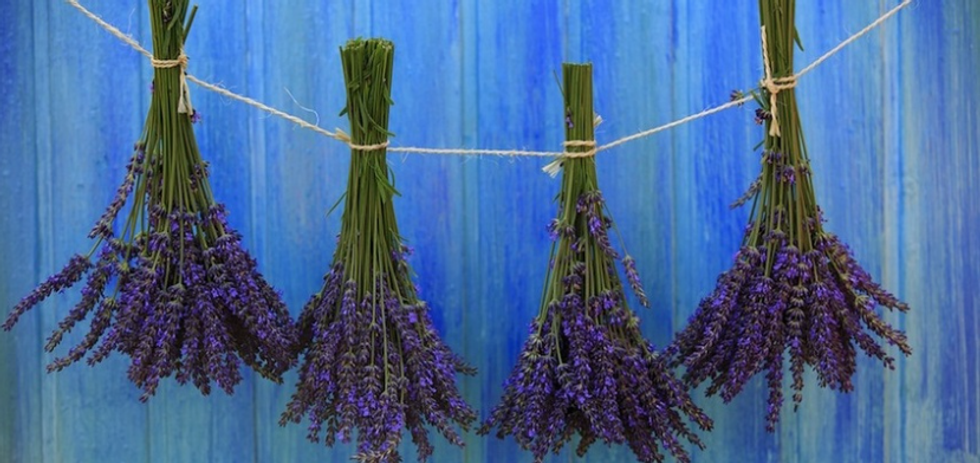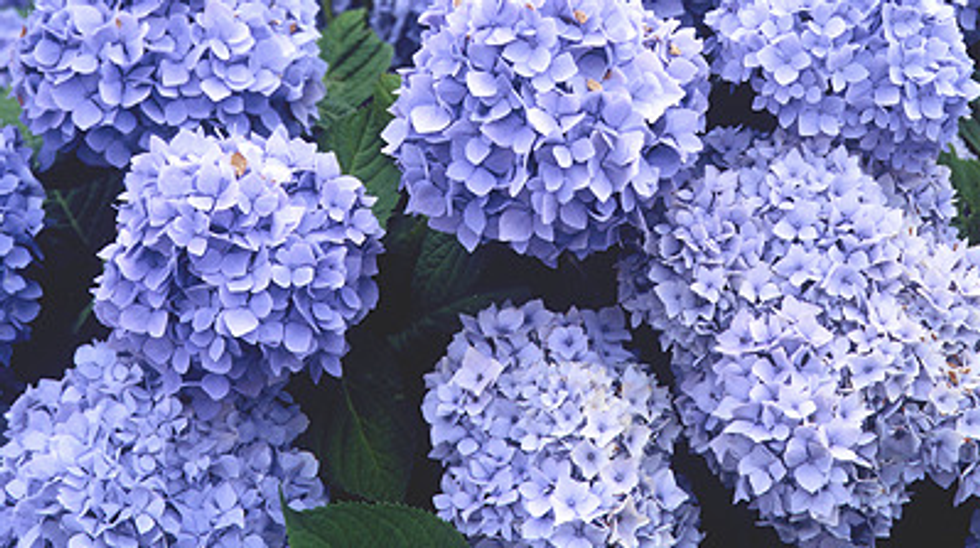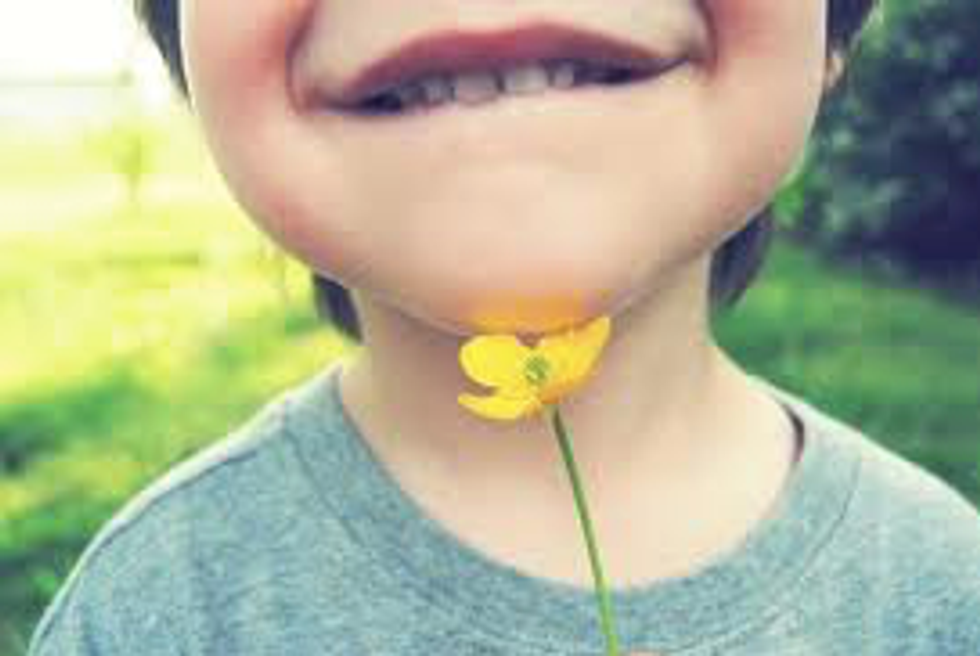The language of flowers, employed by nobodies and nobility alike, is a code that dominated courting in the Victorian Era especially, but has its roots in several Hebrew bible stories, such as Song of Songs. Since any outward expression of sexuality spurred the tsking of tongues, lovers and close friends often resorted to expression their passions via plants.
Turnips for generosity; because nothing says "I'll give you every moon of Jupiter and half the asteroid belt" like a turnip in one's postbox. A Rhododendron slipped between Etsy items on the porch wilts as a warning; beware, take caution. Sweet sprigs of lavender mean misgivings and mistrust.
The first time I read about floriography, I thought sure most would be variations of the rose, and that all the cryptic coquetry would revolve around romance, but I ended up delighting in my own error. Lettuce leaves tell the object of your passive-aggression of a hardened heart. (my personal favorite; nothing says "I let you go" quite like an ill-prepared salad.) Buttercups signify ingratitude, Columbine shows desertion, Hydrangia apathy. who says flowers have to be a thank-you? The language of flowers is here to fulfill each and every order of snark.
While any language is an endeavor of eternal asking, I adore the idea of almost everything that emerges from something as simple as seed and shower having a hidden meaning. It's true texts, twitter DMs, emails, and the like are accessible and should absolutely be appreciated; instead of replacing our current methods of communicating with our crushes, colleagues, and accomplishes, dabbling in the language of flowers can help conversations flourish.
Imagine sending your ex a head of lettuce with no return address or explanation. The level of pettiness the flower dictionary provides offers endless possibilities for passive-aggressiveness, and for anything happening between two people that is perennial.
























